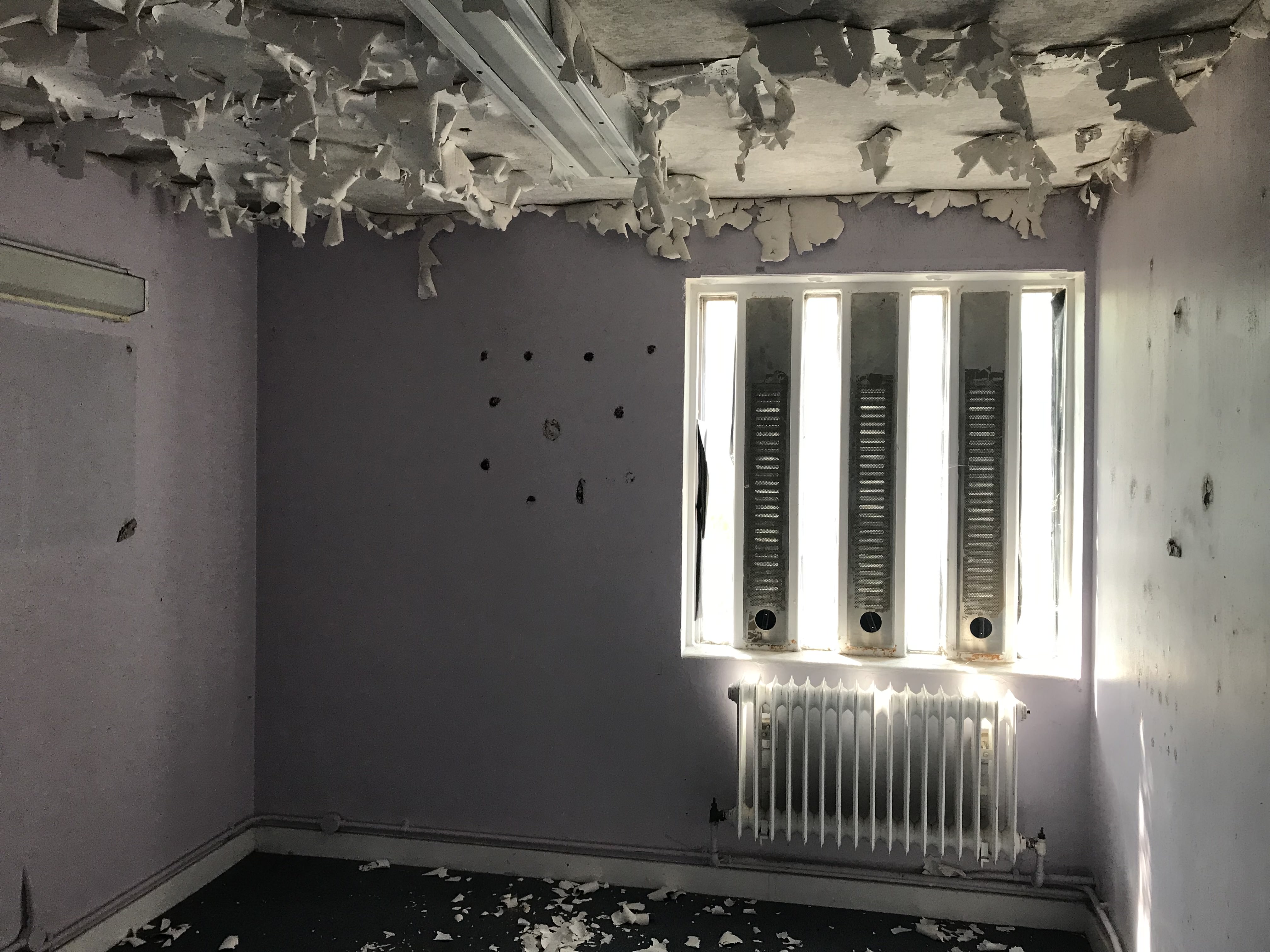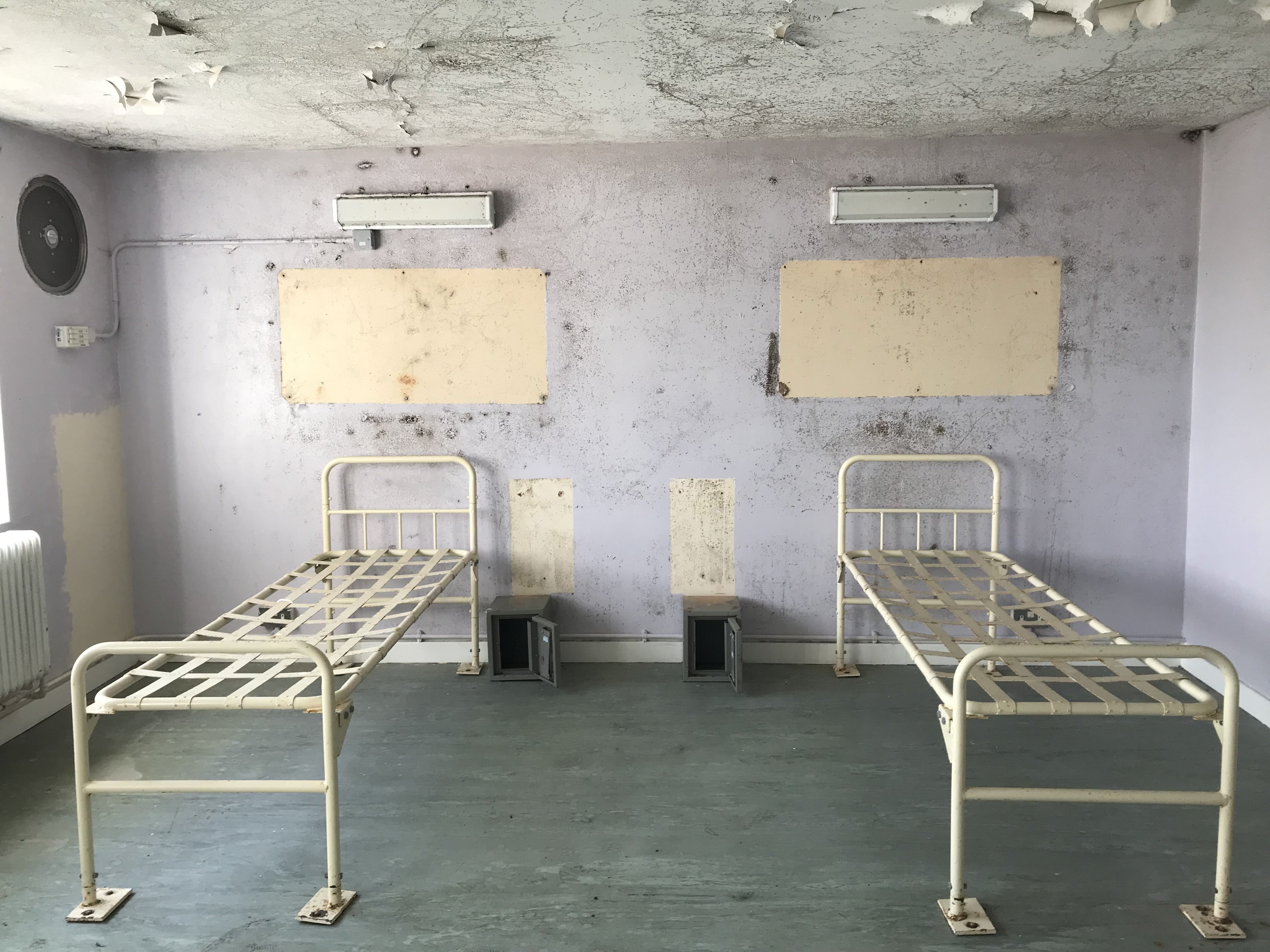The core questions that animate the Prisons and Penal Policy (SOCI9400) module are: what do we actually ask the prison to do in society? Is the prison equipped and resourced to do it? And should we invest in other ways to address harm in society?
The module focuses on the lived experience of people in prison – a highly stigmatised group – and asks what impact imprisonment has on their lives, particularly if they are minorities in the system, like women, racialised and LGBT+ communities. In our conversations, we look critically at the justifications for imprisonment and ask if they are being met in a under-funded, over-crowded and constantly expanding prison estate.
To make sense of this contradictory and often distressing picture, we engage with compelling academic work and closely examine and analyse the data on who is sent to prison and why.
We explore contemporary issues in the prison system, primarily in the UK but with international comparisons and drawing on academic work that analyses the prison’s place in a globalised world.
Why is it being taught?
Prisons occupy a strange space both in the popular imagination and in policy. They are everyday, normalised institutions – there might be prison in your local area that you walk by regularly and prison stories are popular in films and television series. Yet the average person knows very little about what actually happens in prisons, what the lived experience of the imprisoned is like, and what function prisons are actually serving in society.
In terms of penal and criminal justice policy, prisons are failing across a range of measures – they do not reduce harm or reduce reoffending, or address the complex needs of people caught up in the system. There is no doubt that the prison system is in need of radical reform, and many scholars and activists argue for prison abolition. Yet most people still feel that the prison system is necessary and appropriate.
This module questions the ‘everydayness’ of the prison and our presumed familiarity with and faith in the system. Students are pushed to consider whether the prison is working, whose interests it serves, and if we can design a better system.

Who is taking it?
Students studying Criminology and Law at MA level are the primary students on this module, though it is popular among students on other MA courses too. We tend to have an international cohort, which means that discussions are rich in comparisons, different perspectives and approaches. Prison studies evoke strong feelings for many people and the module classroom is a dynamic and critical space to explore these important issues together, to collectively challenge myths and assumptions, and to learn from one another.
Who is teaching it?
The module is taught by Dr Rachel Seoighe, a Senior Lecturer in Criminology with particular expertise in women’s imprisonment, the role of space and emotion in prison, feminist abolitionist approaches, and creative research methods and researcher positionality. Rachel works closely with communities impacted by imprisonment, and her work has focused on the closure of Holloway Prison in North London, the legacy of the prison, and women’s memories and experience of imprisonment there. You can read more about Rachel’s research interests and publications on her staff profile.
How does this improve employability?
Many students of criminology are interested in working in prisons, in criminal justice policy or in support roles within the criminal justice system. This module offers an essential insight into the everyday working of the prison and the power dynamics that exist, posing questions of positionality that must be considered before taking up a job in the prison service.
Learning about the issues within the system and the harms that are reproduced in prison will help students to decide their career path and aspirations, and equip them with knowledge, critical thinking and knowledge of a range of innovative research methods.
What students might be surprised to learn
We have the highest prison population in Western Europe and the government is constantly promising more investment and more prison places. The promises and actual delivery are so misaligned that analysts struggle to keep up. What purpose do these headlines serve?
What lay people should know from this module
It can be a struggle to understand what is happening in prisons, between often sensationalised films, documentaries and news stories and promises from politicians that ‘prison works.’ The real picture is distressing – prisons are disproportionately filled with marginalised people, people with experience of trauma, discrimination, mental health issues, drug use and poverty.
We need to ask if we are using prisons to imprison people who have been abandoned to endemic social problems. Most people in prison would benefit enormously from other, non-punitive social support that doesn’t bring more stigma and disadvantage. We need to revitalise conversations about the purpose of imprisonment and exercise our imaginations to bring about meaningful change.
Sample of related content in the media:
A written account of a community workshop on Holloway prison, archival research and affect at Islington museum, run with Carly Guest: https://museum-id.com/using-empathy-to-unlock-the-stories-of-holloway-prison/
“I-poems” written using interviews with women previously imprisoned in Holloway, included in Judy Price’s exhibition, The End of the Sentence: https://www.stanleypickergallery.org/wp-content/uploads/sites/8/2020/11/Poems-The-End-of-the-Sentence.pdf

